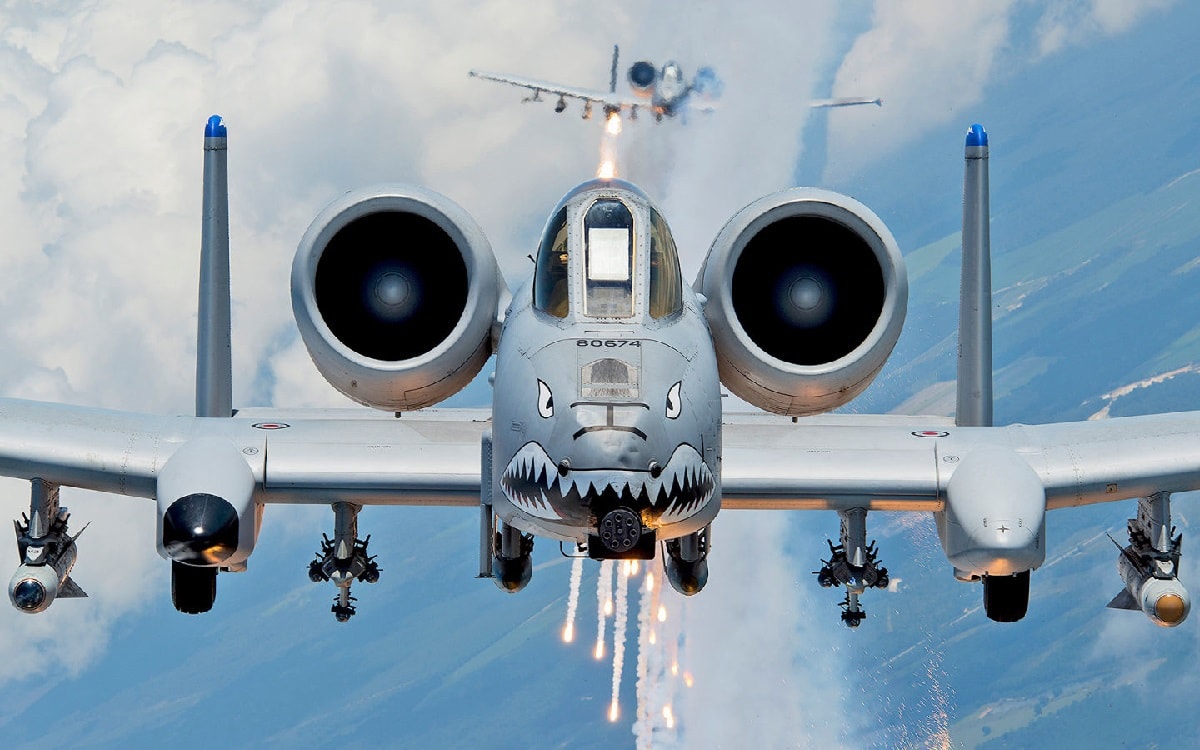Many think of the A-10 as a flying tank so old that she should be retired to make way for room and budget for newer planes like the F-35. And yet, there are those that just won’t let this plane head into the sunset. –
On May 10, 1972, the Fairchild Republic A-10 Thunderbolt had its maiden flight. The development of the aircraft began in the early 1960s when the United States military was still relying on the Korean War-era Douglas A-1 Skyraider for its primary ground-attack aircraft.
The Skyraider was certainly a capable aircraft for its air, but by Vietnam, its age was showing. In fact, the aircraft was ill-suited to the jungle campaign, and as a result, the U.S. Air Force and U.S. Navy lost 266 A-1s in combat, largely from small arms fire.

Even before that point, Secretary of Defense Robert McNamara had called for the development of a tactical attack aircraft. Despite the more overt attractions of Mach 2 aircraft, the Air Force focused on the close air support (CAS) mission. It needed something that was a modernized Skyraider that could carry a heavy load of ordnance, had good endurance and could survive severe damage from ground fire.
Between 1963 and 1969, extensive studies gradually refined the specifications for the new aircraft, and several prototypes were considered. In December 1972, the Fairchild Republic A-10A Thunderbolt was deemed the winner, while GE was chosen to produce the aircraft’s 30mm tank-busting GAU-8 gun, a powerful weapon that had a very high muzzle velocity that was twenty times that of the 75mm gun fitted to some B-25s in World War II.

In addition, the 30mm gun, which used rotating barrels, offered an unparalleled rate-of-fire for an aircraft weapon. Able to fire up to 4,200 rounds per minute, no attack aircraft in history has ever mounted a gun with the tank-killing capability of the GAU-8.
:quality(70)/cloudfront-us-east-1.images.arcpublishing.com/archetype/OQPP7SCJ2JGTLLWVLGZSOQRMQU.jpg)